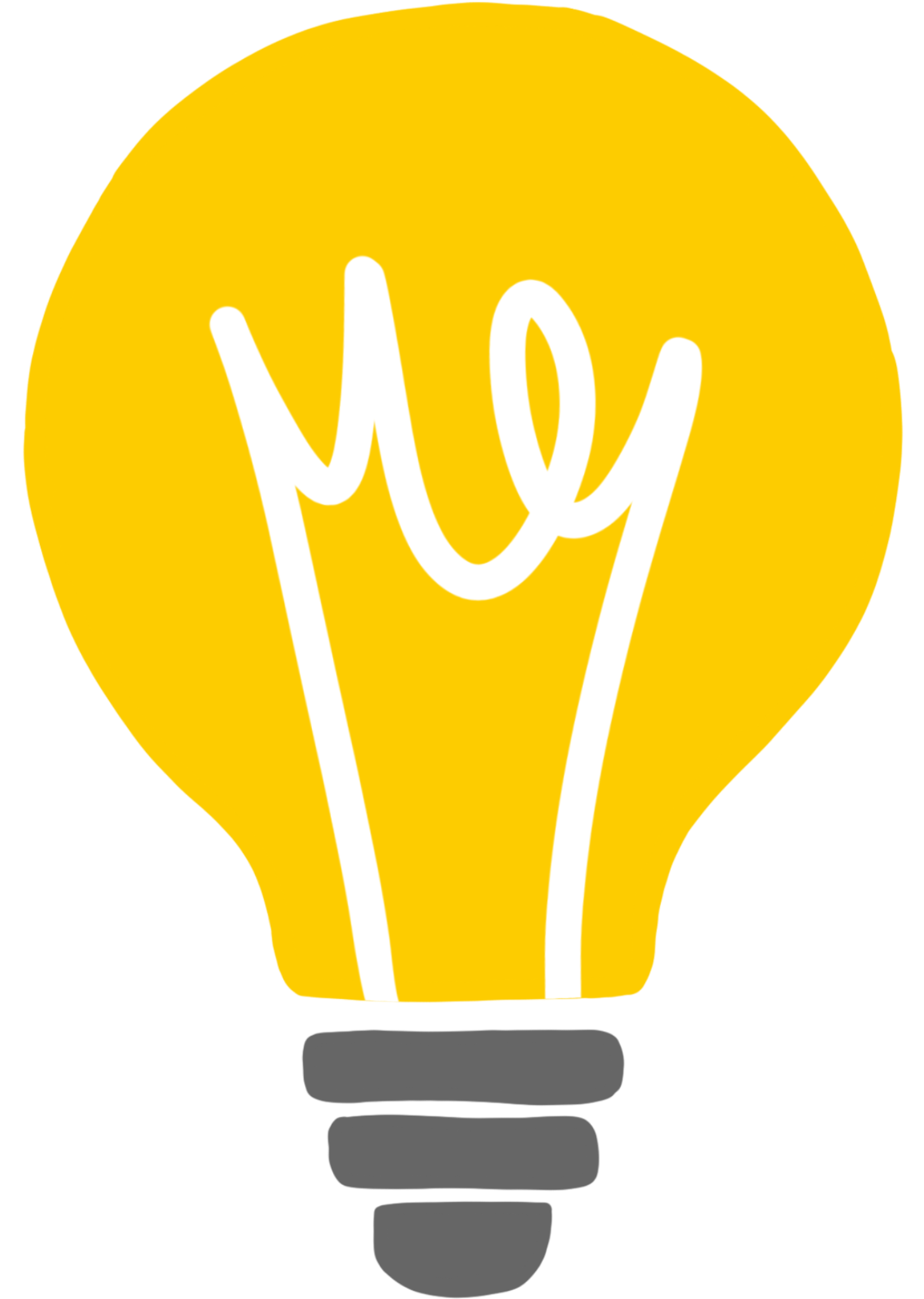How to Design Your Own Personal Knowledge Management System
There are books, articles, podcasts, courses, and videos out there that have the potential to change your life.
The problem is, there's just too much.
We are spoilt for choice when it comes to incredible content to consume, and as a result (to coin a phrase I heard a lot at school), it often goes “in one ear and straight out the other.” This potentially life–changing information hangs around in our short–term memories for a few minutes (hours if we are lucky), and then it's gone.
If you want the content you consume to stand a chance of finding its way into your long–term memory, you need to do something with it – you need to interact with it and create new ideas. Furthermore, you need a system – your input, ideas, and output need a home and an operational toolkit. This is where personal knowledge management (PKM) comes in.
What is PKM?
According to Tiago Forte of Forte Labs, PKM is the practice of capturing the ideas and insights we encounter daily, whether from personal experience, books and articles, or our work and cultivating them over time to produce more creative, higher-quality work.
For me, PKM is about ensuring the content I consume (usually text, audio and video) is not wasted.
Reasons for Consuming Content
It's helpful to consider why you consume certain types of content before you start designing a PKM system.
The three main reasons you might consume content are:
Entertainment
Information
Understanding
For me, entertainment content primarily consists of fiction books and dog videos on TikTok (my guilty pleasure). This type of content does not enter my PKM system – I do not need to learn from it or use it again – it is pleasurably passive.
My PKM system mainly handles the content I consume to help me understand. The process is active—it involves thinking, asking questions, and taking notes. The ultimate end goal is learning and creating new content.
How to Design Your PKM System
Start designing your PKM system using sticky notes; you can allocate an item per note and move them around quickly. Once you are happy with the process, draw it as a flow diagram using a free tool like Excalidraw or Whimsical.
Here are the steps I recommend you follow:
First, identify your input sources – in other words, the places you consume content (for example, YouTube, Twitter, Kindle, podcast app and academic libraries).
Then, think about what you want to achieve as output. For example, do you want to write blog posts, create a podcast, create tweet threads, or write a dissertation?
You now have the beginning and end of your PKM system. All that is left to do is design the workflow in between. Niklas Luhmann's Zettelkasten suggests the following stages:
Capture
Working notes
Permanent notes
The capture stage is where content enters your PKM system (input) – this is where you might highlight and annotate what you are consuming. After that, it heads over to working where you can start making notes in your own words and forming new ideas. Permanent notes are your output location; for me, this means articles and essays for broader publication.
My notetaking happens in Tana; I simplify the stages of my PKM, going from input → ideas → output.
You can use any selection of tools for your workflow – I explain what I use and how below.
My PKM System
Here is my PKM system:
You will note that Readwise is integral to my system (affiliate link because I love Readwise). Readwise brings all your notes and highlights from other platforms into one bucket and syncs beautifully with Tana.
Input Sources
My input sources are:
PDFs
Videos
X (usually article links but sometimes threads)
Web articles (e.g. Substack and Medium)
Kindle books
Podcasts
Other random ideas
PDFs
I currently read, highlight, and annotate PDFs on my iPad in Readwise. I sometimes listen to the PDF article/book using Speechify.
Videos
As with PDFs, I capture videos in Readwise and highlight the transcript.
X and Web Articles
I send web articles (whether found via X or through other means such as curated email newsletters), tweets, and tweet threads to Readwise Reader. I read, highlight and annotate in Readwise Reader, which syncs with Readwise, so all my annotations and highlights go to Tana, where I process them.
Kindle Books
I read, highlight, and annotate on my Kindle or use the Kindle app on my mobile, and these automatically sync to my Tana via Readwise.
Podcasts
I use Snipd to listen to podcasts. It allows you to take audio snippets, which sync directly with Tana via Readwise.
Random Ideas
Any random ideas go straight into my Tana Inbox via Tana Capture (usually as a voice note).
Tech Stack
My workflow changes from time to time, so rather than posting my full tech stack here, I recommend you check out the Tools page of my website, where I keep my stack and PKM diagram current.
Conclusion
A solid PKM system will help you learn and generate new knowledge. My setup works for me, but I encourage you to devise something specifically tailored to your needs – everyone is different.


